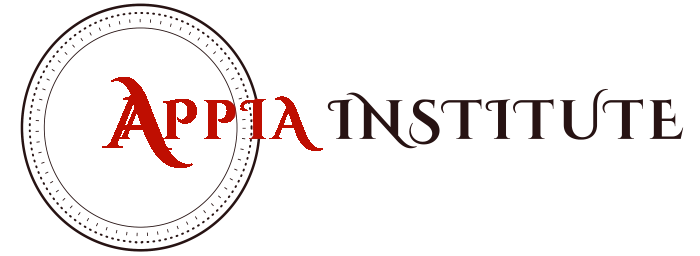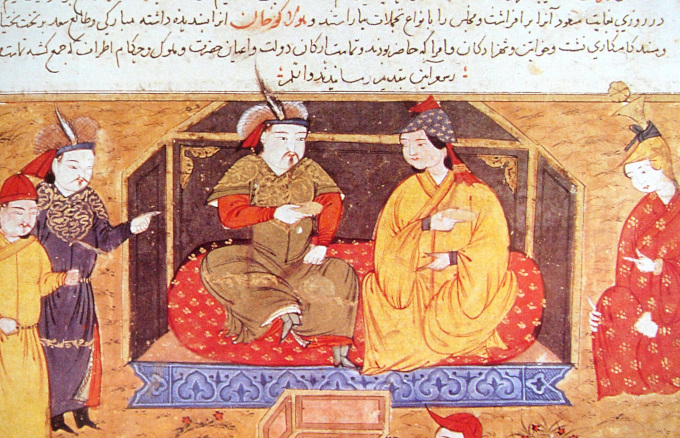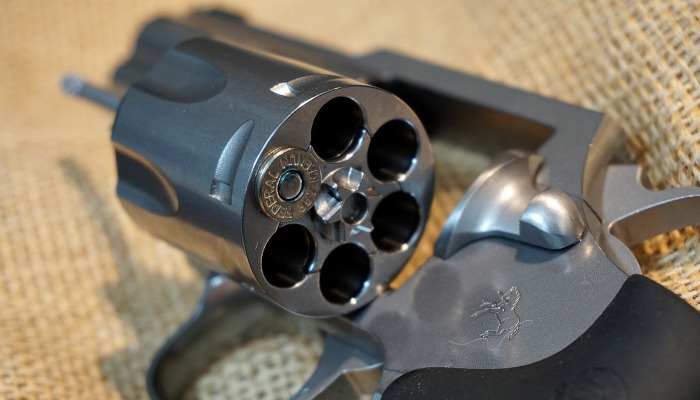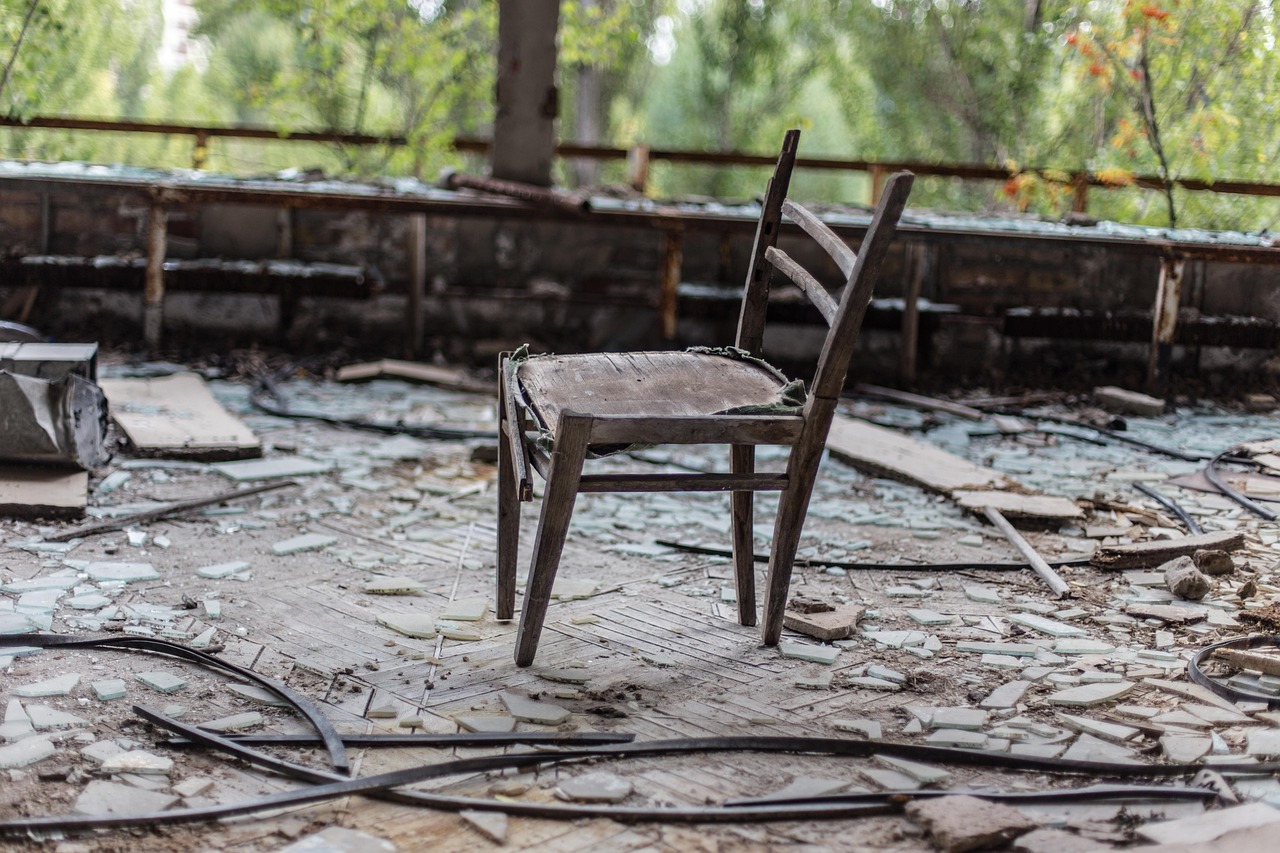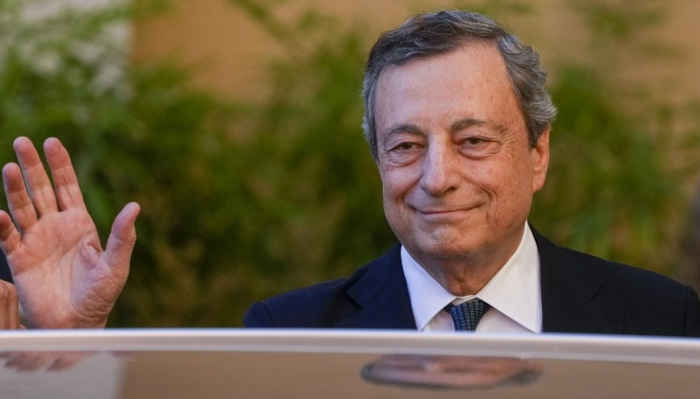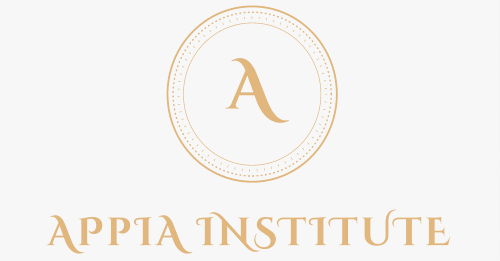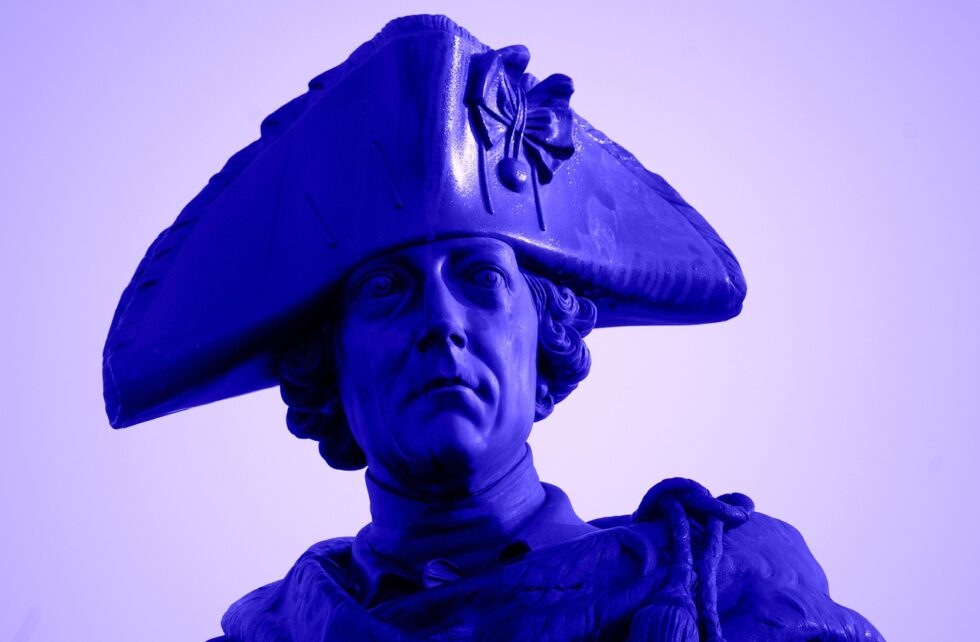
The upcoming German political elections should aim to recover past legacies and forge a special relationship with London to counter an Austrian-Hungarian trend and mitigate a dangerous rift with the US. The American peace talks with Russia on Ukraine shouldn’t become a fissure in transatlantic ties, and the burden of mending them rests with the next Chancellor in Berlin.
In the middle of the 19th century, the Holy Roman Empire had at least three distinct German “souls.” One was located near the border with France and, although it spoke German dialects, was heavily influenced by events along the Seine. The second, historically more dominant, was in the south, centered around Vienna and extending through Munich, Budapest, and Prague. The third, more nebulous and for centuries somewhat peripheral to the Empire’s core dynamics, looked toward the northeast. This axis was defined by Prussia, partly heir to a territory that had belonged to the Teutonic Knights, Catholic warriors who fought against Orthodox Christians and semi-pagan peoples in what is now Russia.
It had carved a dominion along the shores of the eastern Baltic Sea. It was a region of mixed Baltic, Scandinavian, and Slavic cultures, aspiring to be German but perhaps not entirely so. The unified Germany of 1870 emerged from this peripheral axis as well, driven by Prussia.
Prussia’s position somehow paralleled that of Austria, which also ruled over Hungary and Slavic territories outside the Empire’s core German community. However, Austria had forged its identity through centuries of intimate ties with Italy and Rome and direct conflict with Turkish and Muslim invaders.
In contrast, Prussia expanded by confronting Orthodox Christians in Russia and remained distant from the direct and pervasive influence of Rome and Mediterranean culture. Prussia only became a genuine part of the Holy Roman Empire in 1656, almost as a reward for its significant role as a Protestant principality in the Thirty Years’ War (1618-1648). The struggle reshaped Europe’s political philosophy and marked the end of a long historical period characterized by the centrality of the Germanic Emperor and the Catholic Pope.
Prussian Rise
Over the next two centuries, Prussia embarked on a determined journey to become a central player in European politics and culture. Leibniz, a father of modern thinking and mathematics, was the chief adviser to the Prussian King. Immanuel Kant, who helped redefine Western culture in the 18th century, hailed from Königsberg, a city now in Russian territory and once the capital of the Teutonic Order.
The Prussia that transformed into Germany in 1870 unified the semi-French influences in the West, the semi-Italian influences in the south, and the Baltic-Nordic inheritance in the northeast. It was a monumental, largely artificial cultural effort, but Prussian efficiency and organization, honed over two centuries of military and bureaucratic discipline, prevailed.
Prussia, unlike Austria, which kept the Slavic and Hungarian heritage alive, consistently Germanized its population. Nevertheless, in post-1870 Germany, the divided and diverse legacies persisted, evident in the various dialects, sensitivities, and religious differences—Protestantism in the center, north, and east, and Catholicism in the West and south.
The end of World War II, with the displacement of millions of Germans from the East to the West, reshuffled these cultural cards and helped strengthen a unified national identity, even as Germany was divided into two or three parts: one under Western influence (West Germany), another under Soviet control (East Germany), and a third, neutral, Austria.
Post 1989 Reunification
Post-1989, German reunification and the eastward expansion of the European Union, with Germany as its economic engine and neuralgic center, might have subtly brought to light certain profound historical legacies that perhaps were never fully addressed or managed.
East Germans remain somewhat separate from the rest of Germany, and Germany has yet to develop a new coherent cultural and strategic policy toward Poland and other former Soviet states. Meanwhile, a Rhineland sensibility might have sought to bypass the Prussian historical tie with the Nordic lands west of Russia to coordinate with Moscow.
Prussian-German unity was an artificial endeavor superimposed on centuries of different sensibilities in the Germanic territories. However, after 1989, the original “artificial” endeavor might have been taken for granted.
Perhaps a present issue is that Germany needs to culturally reconnect with its Prussian heritage, which sought to balance the contributions of Poles, Balts, Scandinavians, and other European nations. The actual center of interest for Europe now and in the future will be the future of Russia, no matter how the war ends, and the Prussian historical DNA in deep ties with Poland, Baltic, and Nordic countries could be helpful. If this trend is managed within the confines of the revamped European Union, this could offset some other centrifugal forces in the Union.
Vienna has already become a significant pole of attraction in the former Austro-Hungarian region, including Budapest, Prague, Ljubljana, Zagreb, and even Trieste, Venice, Milan, and Munich. If others join these neo-centripetal forces around Vienna, not only Germany but also Italy as nation-states could be at risk.
New Austria-Hungary
This Austro-Hungarian trend goes hand in hand with facile anti-EU rhetoric, clamoring for a return to nation-states and old imperial entities. Russia also has its neo-imperial strategy—to reestablish a neo-Czarist presence. Thus, it is keen on dismantling the present EU, a massive obstacle to its westward ambitions, and dealing with EU pieces individually. The two imperial dreams support each other, and it seems no accident that the leaders of the new “Austria-Hungary” are warmer with Russian President Vladimir Putin.
It becomes even more dangerous because while Germany had a strong core in Prussia, Italy’s unity was built on a much weaker foundation. Piedmont, the driving force behind Italian unification, was a border region between France and the Italian peninsula that had been peripheral to centuries of the Great Italian Game. France de facto accepted the strengthening of the Savoy dominion in exchange for the cession of Savoy, Nice, and Corsica over a century. Incidentally, the territories of Nice and Corsica were not originally Savoyard but belonged to the Republic of Genoa. The Savoy lacked the political and military strength of the Prussians, and Italian unity remained far weaker than the German unity forged from Berlin.
Thus, Europe is at risk, and with it, a century and a half of world history—the balance established after German unification, the annexation of the Papal States by Italy, and the limitation of French power in 1870.
A new European political space may be needed, starting from the existing EU and considering the political dynamics of the past 150 years. Europe is no longer the center of the world but a relatively peripheral space compared to the Asia-Pacific region.
Through the World Wars and the Cold War, America has been the main protagonist in European politics for the last 80 to 100 years. Therefore, the reconstruction of a German/ Polish/ Scandinavian/ Baltic space and an “Italianized” Mitteleuropa should happen within the EU and the present national borders, and it must involve dialogue with America.
Puzzles
The task of the next German chancellor and heavyweight of EU politics, perhaps Friedrich Merz, could be to address the destiny and future of Europe in coordination with the United States. Now, with a US diplomatic push in recent days, the possibility of a truce in Ukraine looks more likely.
Still, who can lead the physical reconstruction of Ukraine and the political reconstruction of the EU? Poland is at the forefront but can’t do it alone; it needs German backing. Without it, the Austria-Hungary front could step in and become stronger.
One puzzle is: what kind of future does Europe have with Russia? For millennia, Europe was extremely belligerent, to the point of almost destroying the whole world in WWII. This instilled fear among Europeans and practically emasculated them in 1945. Now, bellicose Russia needs to be confronted by a new belligerent Europe, but to what extent? And for what purposes?
To address these issues, Europe should find a new cultural balance before making any political strides, and for this, the UK cannot be left out of the EU. Perhaps Merz’s most significant task would be to bring the UK back into the EU. The British-Prussian relationship was pivotal in European history for three centuries. We had two world wars when the British-Prussian axis broke at the beginning of the 20th century.
Moreover, the announcement of the start of peace talks about Ukraine between President Donald Trump and Putin could be delicate. Finding a peaceful way forward for Europe and the world, as well as peace in Ukraine, is essential. But it could also drive a wedge between Poland, the Baltics (so far the most pro-American Europeans and most invested in Kyiv), and the US. This rift could add to some pre-existing issues between the US and the whole of the EU.
A new Germany-UK pact could be pivotal in containing and recovering this rift. If it spins out of control, it could lead to ominous global fallout, further complicating the volatile major game the US is playing in East Asia with China.
(Thanks to Dirk Schmalenbach for his help, although any mistakes are solely mine.)



